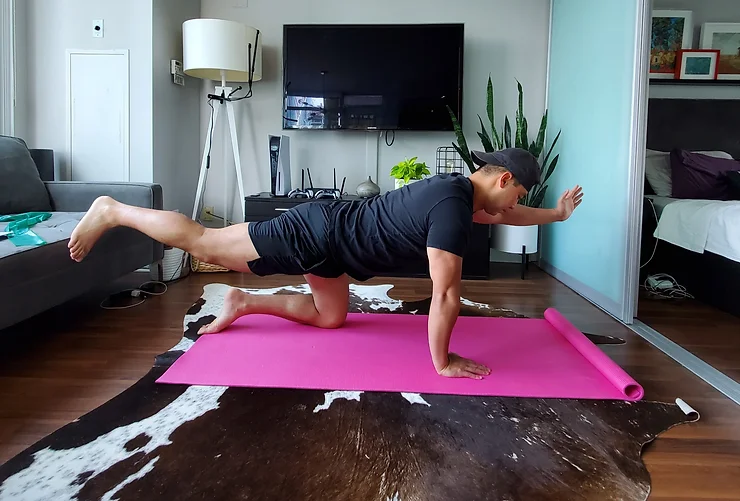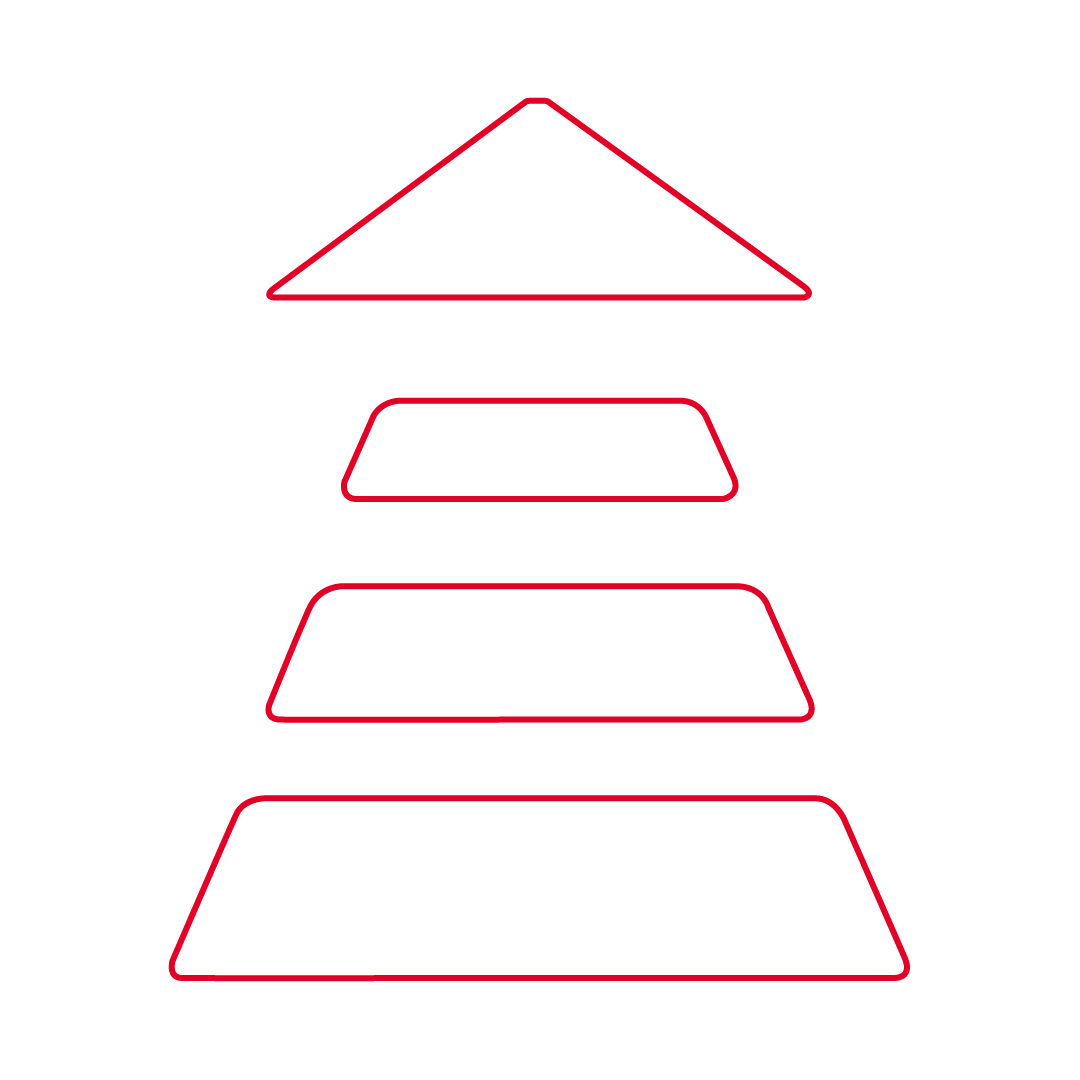A herniated disc, also known as slipped disc or bulging disc, is a common injury among the younger and middle-aged populations. This condition can cause back pain and even leg pain. Even though herniated discs sound like a terrible condition it is very treatable and most people fully recover. Lower back disc herniations can be caused by natural wear and tear with aging, normal day to day activities, or sports. Let’s take a deeper look into herniated discs, some of their early signs and symptoms, exercise, and treatment options.
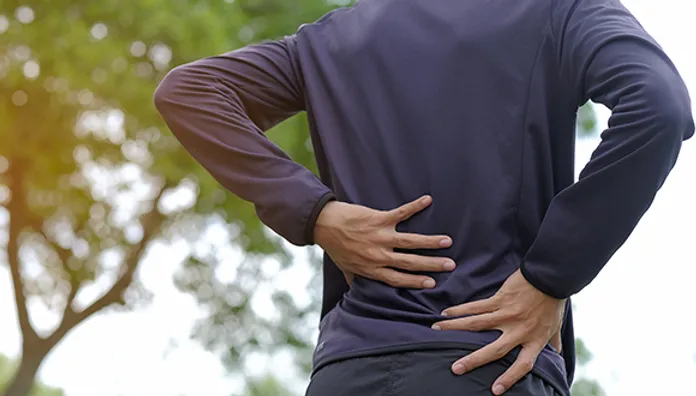
What is it?
The intervertebral discs are located between the bones in the spine. They allow for flexibility in your spine as well as provide nutrition to your bones. As you bend forward the front of the disc compresses as the back of the disc stretches. Alot of repetitive bending or bending down and lifting a heavy object can cause stretching to the back of the disc and in some cases tearing of the disc. As the disc tears, the inner contents of the disc can leak out which causes a disc herniation.
When you have a disc herniation, simple activities such as sitting in a car or putting on your socks can be painful. It is also important to understand that herniated discs are common, normal, and in some cases don’t cause pain. If you have a strong back then you may not even notice any issues in your daily life. However if you have a weak core and you do a lot of repetitive bending, lifting, and twisting then you can put your low back at an increased risk of disc herniations and pain. Now let’s look at some early warning signs and symptoms of lumbar disc herniation.
What are the signs and symptoms?
-
Pain that worsens after sitting for prolonged periods
-
Pain that worsens with bending down
-
Pain that worsens at night
-
Pain, burning, numbness, tingling usually on one side of the body
-
Pain that extends to your legs
How is it treated?
Your physiotherapist will be stretching your back to reduce the pressure on your disc. Your physiotherapist will use techniques to stretch and traction your back to relieve compression of your disc on nearby nerves. Massage treatments targeting your back, hips, and legs will release muscle tension. You will feel less pain and improved flexibility in your back, hips, and leg after treatment.
Acupuncture is particularly effective with low back pain and leg pain caused by a herniated disc and nerve compression. Acupuncture needles will be skillful placed along the back and leg. Acupuncture helps release hormones in your body to decrease pain, improve blood flow, and promote naturally healing in your body. The benefits of acupuncture is quick and lasting.
Common Home Exercises:
Standing back extension:
Stand with your feet shoulder width apart. Place your hands on your hips. Bend backwards as far as your feel comfortable. The goal of this exercise is to reduce lower back and leg pain that is caused by compression of the nerves by the disc herniation.
Prone back extension:
Lye on your stomach. Place both hands by your shoulder. Straighten your elbow to push your shoulders up while keeping your hips on the floor. Keep your core muscles relaxed as you perform this exercise. The goal of this exercise is to reduce lower back and leg pain that is caused by compression of the nerves by the disc herniation.
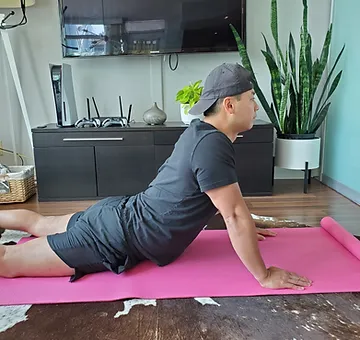
Deadbug: Lye on your back. Lift both hands and knees up. Contract your core muscles as you lower one leg and the opposite arm. Return back to starting position then lower the other arm and opposite leg.
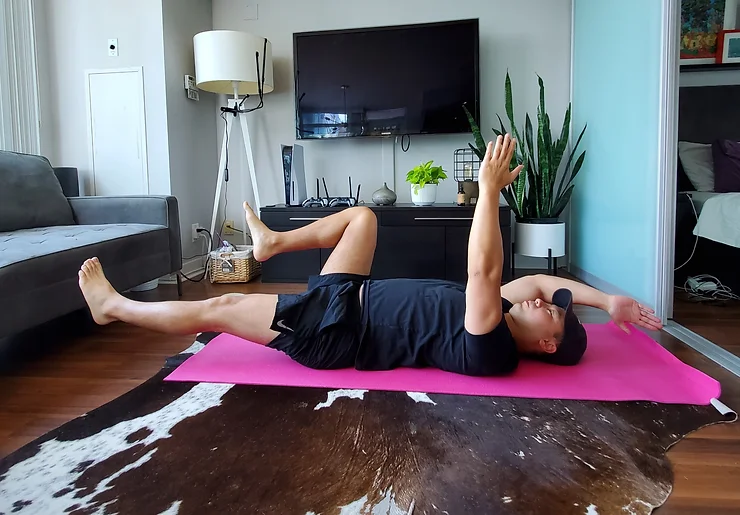
Bird dog:
Kneel on hands and knee. Contract your core as you lift up one arm and the opposite leg and straighten your knee. Keep your back flat like a table top. Return back to starting position then lift up the other arm and opposite leg.
